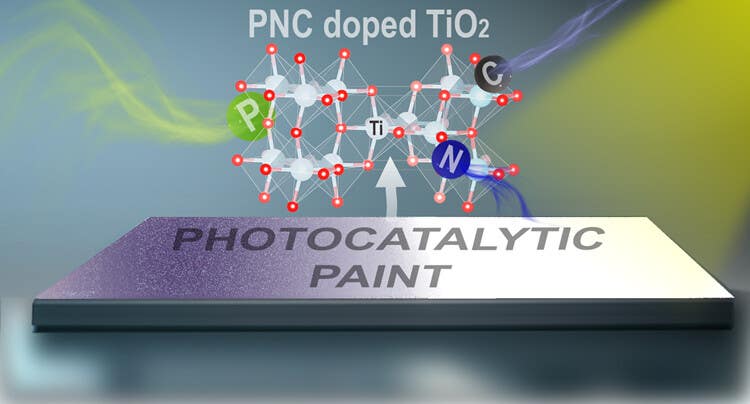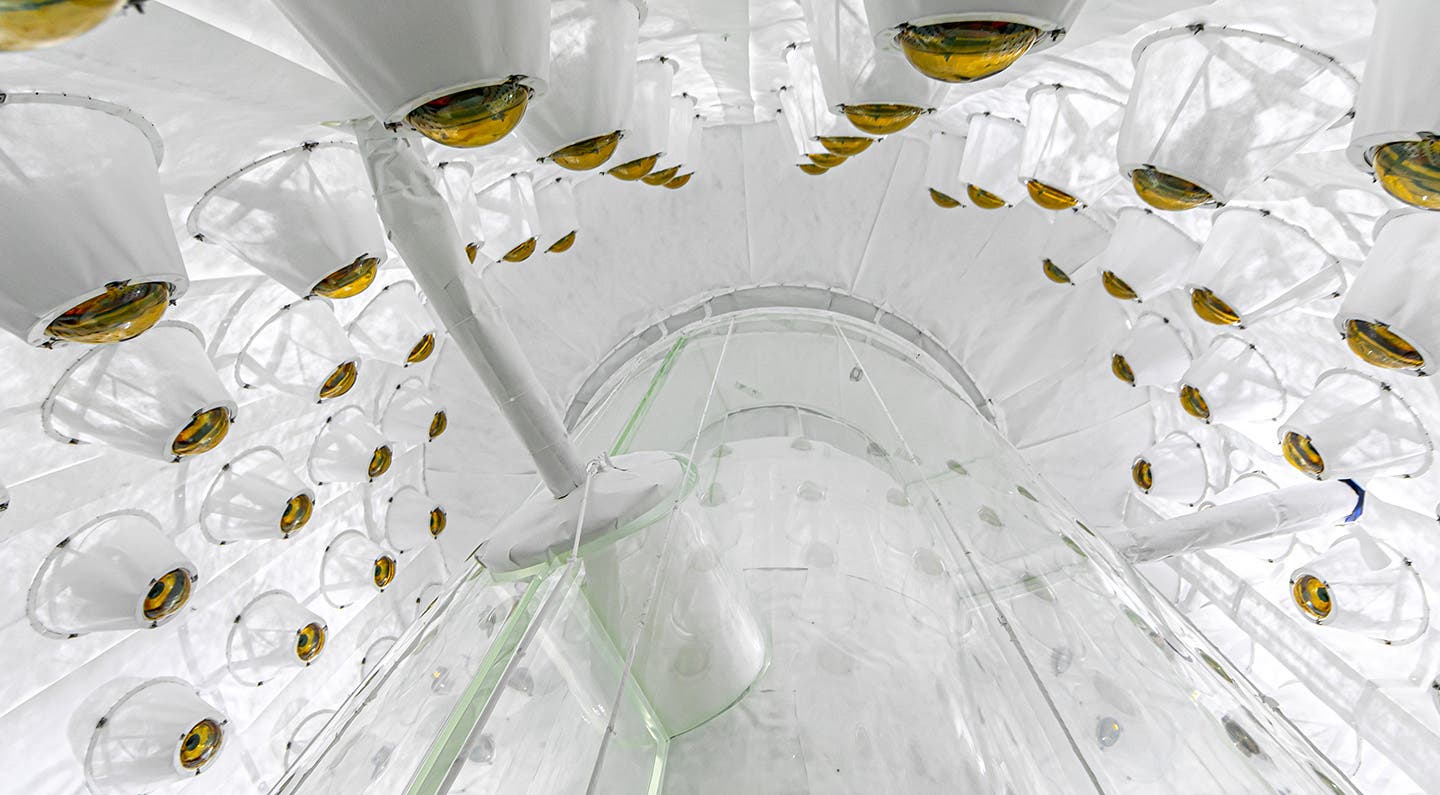Revolutionary self-cleaning wall paint developed using nanotechnology and recycled materials
Wall paint, while aesthetically pleasing, often loses its pristine appearance over time due to the accumulation of airborne substances

Wall paint, while aesthetically pleasing, often loses its pristine appearance over time due to the accumulation of various airborne substances. This accumulation can, paradoxically, make the air temporarily cleaner. However, it also results in the discoloration of the paint, necessitating frequent repainting.
A breakthrough by researchers from TU Wien and the Università Politecnica delle Marche (Italy) has led to the development of a novel wall paint incorporating special titanium oxide nanoparticles.
These nanoparticles confer self-cleaning properties to the paint, enabling it to use sunlight to not only bind pollutants but also decompose them. This innovative paint cleans the air and itself simultaneously, leveraging waste materials like metal scrap and dried leaves as raw ingredients.
Indoor air can be laden with pollutants, including residues from cleaning agents, hygiene products, cooking by-products, and emissions from materials like leather. Prolonged exposure to these pollutants can lead to health issues, commonly referred to as "sick building syndrome."
"For years, people have been trying to use customized wall paints to clean the air," says Prof. Günther Rupprechter from the Institute of Materials Chemistry at TU Wien. "Titanium oxide nanoparticles are particularly interesting in this context. They can bind and break down a wide range of pollutants."
Ordinary titanium oxide nanoparticles, however, can compromise paint durability. They can degrade pollutants but also destabilize the paint, causing cracks and the release of harmful volatile organic compounds. Over time, this results in a grayed and tinted paint layer that must be replaced.
Related Stories
Titanium oxide nanoparticles possess self-cleaning capabilities when exposed to UV light. As photocatalysts, they initiate chemical reactions under suitable light, creating free charge carriers that decompose trapped pollutants into harmless components. This process prevents pollutants from permanently adhering to the paint, thus maintaining its stability and appearance.
However, using intense UV light to activate the self-cleaning process is impractical for everyday applications. "Our goal was therefore to modify these particles in such a way that the photocatalytic effect can also be induced by ordinary sunlight," explains Günther Rupprechter.
The researchers achieved this by doping the titanium oxide nanoparticles with additional atoms such as phosphorus, nitrogen, and carbon. These modifications shift the light absorption spectrum, allowing the photocatalytic reaction to be triggered by visible light, not just UV light.
Impressive Pollutant Removal Efficiency
"We have now investigated this phenomenon in great detail using a variety of different surface and nanoparticle analysis methods," says Qaisar Maqbool, the first author of the study. "In this way, we were able to show exactly how these particles behave, before and after they were added to the wall paint."
The team tested the modified nanoparticles by mixing them with commercially available wall paint and exposing a painted surface to a pollutant solution. Remarkably, 96% of the pollutants were degraded using natural sunlight. The paint’s color remained unchanged because the pollutants were both bound and broken down by sunlight.
Sustainable Production Using Waste Materials
For the paint to be commercially viable, it must be produced using cost-effective raw materials. "In catalysis, for example, precious metals such as platinum or gold are used. In our case, however, elements that are readily available from everywhere are sufficient: To obtain phosphorus, nitrogen, and carbon, we have used dried fallen leaves from olive trees, and the titanium for the titanium oxide nanoparticles was obtained from metal waste, which is normally simply thrown away," says Günther Rupprechter.
This new wall paint offers several advantages: it effectively removes airborne pollutants, lasts longer than conventional paints, and is environmentally friendly, being made from recycled materials. Ongoing experiments aim to further refine the product, with plans for commercial production in the near future.
The development of this self-cleaning wall paint marks a significant advancement in indoor air quality management and sustainable manufacturing practices. By utilizing photocatalytically active titanium oxide nanoparticles derived from waste materials, the researchers have created a product that not only beautifies spaces but also actively contributes to a healthier environment. The integration of such innovative materials into everyday products holds great promise for enhancing both human health and ecological sustainability.
For more environmental news stories check out our Green Impact section at The Brighter Side of News.
Note: Materials provided above by the The Brighter Side of News. Content may be edited for style and length.
Like these kind of feel good stories? Get the Brighter Side of News' newsletter.



